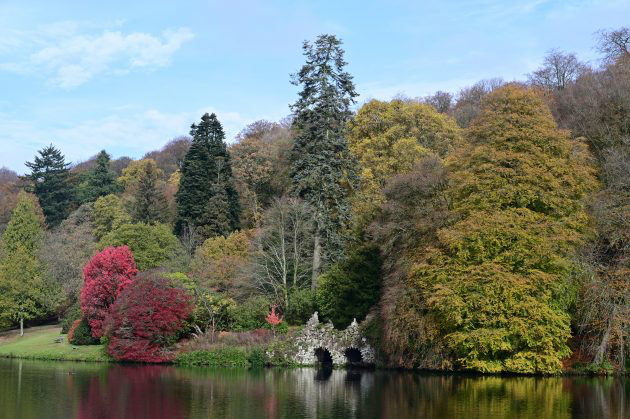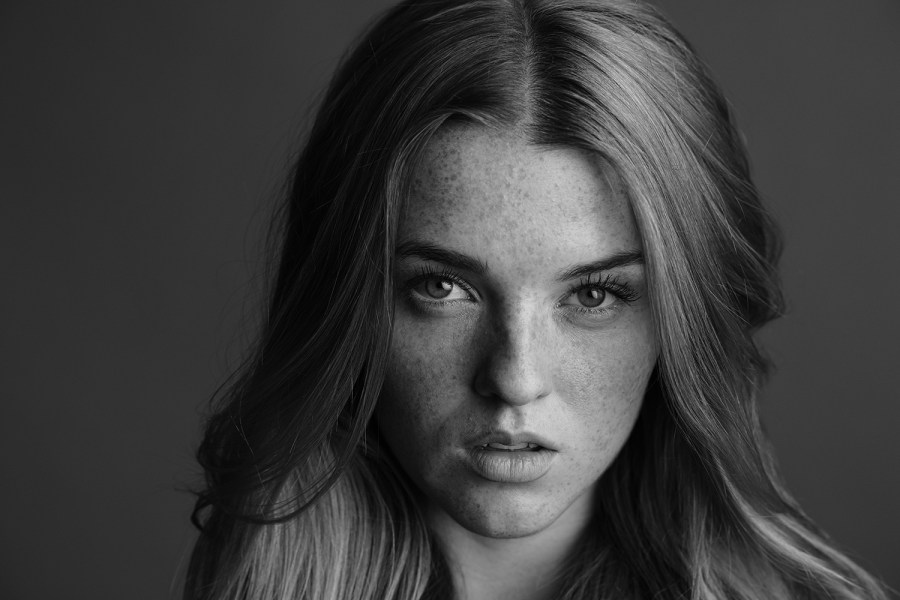Portraits
Whether you are working on location or in the studio, the Alpha Sony 7R IV delivers breathtaking levels of resolution and detail. As you can see from Michael Topham’s image below, pretty much every pore on the model’s face is faithfully captured and you can keep zooming in and in on the high-resolution original. Sony is claiming 15 stops of dynamic range for “breathtaking realism” and while we have yet to do a full review of the camera, early results are very encouraging. Outside the studio, the latest Real-Time Eye AF and Real-Time Tracking also promise to keep up with the most active and unpredictable subjects (read kids and pets).

Sport and action
The superior tracking and other sophisticated AF features – there are 567 phase-detection points and 425 contrast-detection points covering an impressive 74% of the image area – sports and action photographers will also be interested in this new camera. Just remember that although the new camera’s maximum continuous shooting rate matches the Alpha 7R III’s at 10fps (very impressive, considering the extra resolution), you can ‘only’ capture 68 raw and extra fine JPEG images in a continuous series, compared to 76 for both on the older camera. Considering the high-resolution images on offer, though, this is still very impressive.

Wildlife
Wildlife photographers needing high-resolution action shots will also welcome the impressive subject detection and tracking, backed up by all those extra AF points (the Real-time Eye AF also works in video mode). If you need to crop in on a wildlife image for whatever reason, relatively high-res crops are also possible from the base images. The APS-C crop mode, which can be selected from the menu or activated when you put on an APS-C lens, is still able to capture images at an impressive 26.2MP (you also get the benefit of 325 phase-detect AF points). The change to APS-C mode is seamless in the EVF and as well as the extra flexibility provided by the crop mode, it also means you can use a wide range of APS-C lenses with minimum fuss.

Landscape
When Canon introduced the 50Mp EOS 5DS back in 2015, people questioned whether landscape photographers would ever need such high-resolution, but shooters like David Noton put the extra capacity to good use, squeezing out every bit of detail from a scene. The Alpha 7R IV will give landscape shooters even more options, delivering incredibly detailed files which you can print very, very large. As with wildlife, cropping into landscapes becomes much more seamless with this new camera too. Then there is the revamped Pixel Shift Multi-Shooting mode turns out 240Mp resolution images capturing 960 megapixels worth of data from 16 images and then combining them using Sony’s Imaging Edge software. Just be aware that ANY motion in the landscape will be captured, such as moving water or moving trees, which can be problematic.

Travel and documentary
While 61Mp images may seem like overkill, travel photography has become a very competitive genre, so you need all the help you can get. The Alpha 7R IV is also relatively light and portable, despite all its power; it weighs in at 665g, with dimensions of 129 x 96 x 78 mm. This compares well to a high-resolution DSLR such as the Nikon D850 (1005g and 146 x 124 x 79 mm), though some A7R users complain the relatively compact body feels unbalanced when bulkier G Master lenses are attached.









